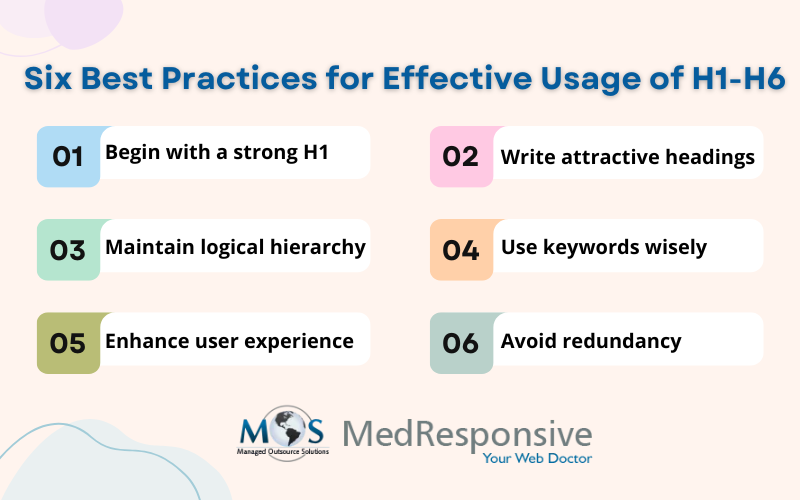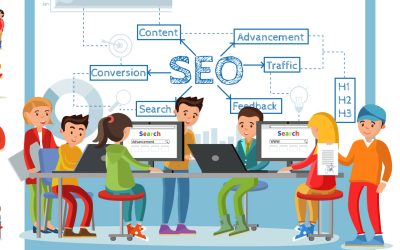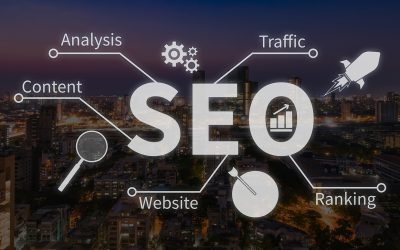In the dynamic world of SEO, staying abreast of the latest guidelines and best practices is pivotal in staying relevant to both users and search engines. Recently, Google’s Gary Illyes offered insights into the importance of the usage of H1-H6 headings, shedding light on how these elements should be employed on a webpage. For those looking to improve their SEO, following the best practices given below can aid in optimization of your website and achieve better search engine results. Outsourcing to an organic SEO company is a cost-effective way of optimizing your marketing strategies.
The Importance of H1-H6 Headings
HTML heading elements or tags are the building blocks of a webpage that are ordered hierarchically from H1 to H6, with the main title being H1 and the rest of the levels from H2 to H6 used for subheadings of deceasing importance. According to the World Wide Web Consortium (W3C) which develops web standard and guidelines, “HTML defines six levels of headings. A heading element implies all the font changes, paragraph breaks before and after, and any white space necessary to render the heading. The heading elements are H1, H2, H3, H4, H5, and H6 with H1 being the highest (or most important) level and H6 the least. Headers play a related role to lists in structuring documents, and it is common to number headers or to include a graphic that acts like a bullet in lists.”
They are phrases used at the beginning of every section to rephrase the content into easily readable sections and provide an overview to the readers. Headings communicate the page organization of a website by denoting paragraph breaks, font changes and necessary white space, so readers can quickly scan the contents of the webpage and search engines can understand content hierarchy.
Google’s Clarification on Heading Elements
Recently, Google responded to a query about the necessity of using heading elements in hierarchical order to improve SEO, as suggested by various SEO guides, which contradicts the instruction given on Google SEO Starter’s Guide. The guide states that while headings are helpful for user navigation, it doesn’t necessarily affect Google search rankings of a website. Gary Illyes confirmed that the use of headings in semantic order is primarily about user accessibility and not ranking factor, as various users rely on utilizing screen readers. This statement disposes the long-held SEO advice given by experts on structuring web content using headers in proper sequence for impacting the Google search ranks.
Unraveling Misconceptions about Headings
Since the early days of the search engine, SEO professionals had held the view that heading tags had a direct impact on search results and that the H1 tag was the most important one among them all. This misconception, however, was resolved by John Mueller with the statement “Our systems don’t have a problem when it comes to multiple H1 headings on a page.” Google’s algorithms have evolved to be more sophisticated and are designed focused on various factors such as user intent, relevance, structure and overall quality of site usability. This strategy reflects Google’s prioritization of user-centric content availability, as their SEO starter guide is frequently updated with relevant SEO practices. Here are the key takeaways regarding the use of H1-H6 tags:
Best Practices for Using H1-H6 Headings
Optimize your content effectively for maximizing SEO benefits and aligning with the Google guidelines for your website, by following the below-mentioned practices:
- Begin with strong H1: Your main heading is of utmost importance as it is the first thing that captures the attention of a user. So, it should precisely describe the content of your webpage. Although Google has stated that multiple H1 headings have no adverse effect, it’s better to stick to one H1 as it encapsulates the main topic of your content. This heading tag is placed prominently at the top of your page, so make it compelling to catch user attention.
- Write attractive headings: Ensure that each section heading is eye-catching and informative. Your headings must present clear indication of the content section to readers as it improves the readability of a webpage. Avoid blurred or vague headings that have no value as search engines focus on the keywords that explain the context of your web content.
- Maintain logical hierarchy: Follow logical hierarchy while organizing the headings of your content. Structure the content by starting with H1 for main title, H2 for major sections, H3 for subsections and so on, as this content regulation aids in readability for both users and search engines.
- Use keywords wisely: Incorporate relevant keywords that contribute meaningful context to your heading naturally and provide value to the user. However, avoid overstuffing keywords as it will end up backfiring your SEO efforts.
- Enhance user experience: While creating content for your web page, ensure that the headings improve readability, so it is easier for users to skim through and find relevant information. Headings also assist in screen reading, thereby providing an overall better user experience.
- Avoid redundancy: Headings can help structure your content, but excessive use can result in your web page being cluttered and confuse search engine results. Use headings justifiably so that it helps ensure a sensible and systematic content layout.
Final Thoughts
Google’s clarification on H1-H6 headings emphasize that the primary purpose of creating logical and well-structured headings is to enhance readability and accessibility for better user experience. While these headings don’t have a direct impact on SEO, align with best practices for heading usage to enhance content optimization and user experience, both of which positively influence search results. Keep up with the latest Google guidelines and updates by reviewing them regularly. Ensure that you leverage the power of H1-H6 headings to improve your SEO strategy.
If you are a beginner, mastering the utilization of headings may be intimidating. So, partner with a company outsourcing SEO services to maximize content optimization and enhance user experience and search engine ranking.





